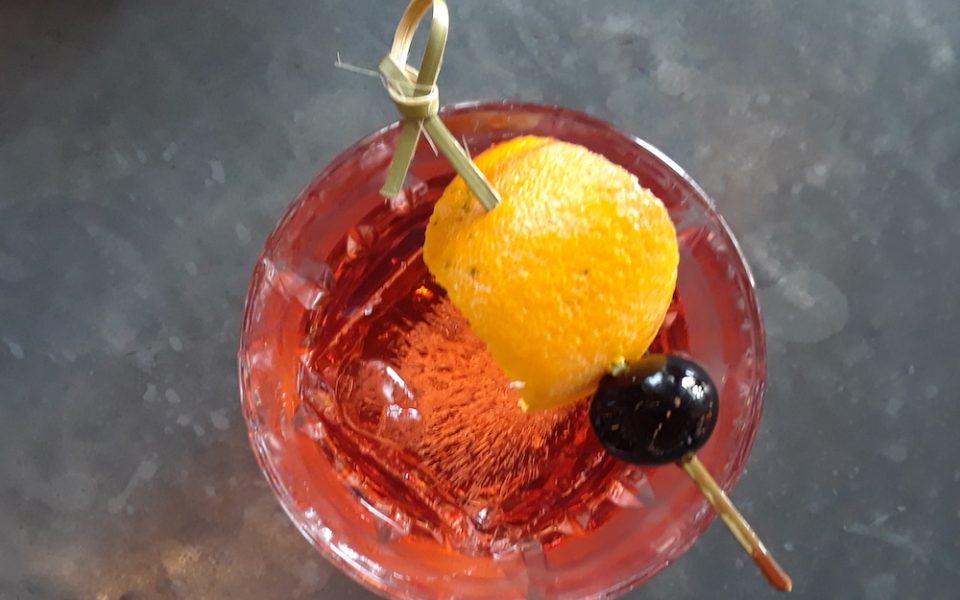Ice, ice baby. Whether you’re crushing it, cracking it, crunching it or bringing it to the party, ice is something that we just don’t talk about enough.
It’s one of those common items that isn’t thought about until you need it. Not to be confused with US Immigration and Customs Enforcement, ice has a long and varied history in America. More than 150 years ago, ice was a luxury item, afforded only by the upper echelon of households. Even then, it was harvested from mountains, lakes and freshwater sources during the winter only to be floated down the mighty Mississippi River and stored in icehouses the rest of the year. In 1878, the first commercial ice manufacturing company was founded in New Orleans — creating ice in large blocks that became a trend nationwide.
Early movie theaters kept their patrons cool by placing these blocks of ice in front of fans to chill the air. During the warmer months, people sought refuge from the heat and packed movie houses. The more people who showed up to view a movie, the more ice was required to chill the room. Hence, popular movies became known as “blockbusters.”
Restaurants and bars use the majority of manufactured ice these days, and even make their own ice in certain cases. The Katharine Brasserie Bar in Winston-Salem has one of the most elaborate ice-manufacturing set ups in the Triad, with three different kinds of ice: pebble, standard block ice and cubed ice. Pebble ice is what is known in certain circles as “that good ice.” It’s created to simulate cracked ice. The finished product is meant to be put it in a glass, the liquid poured over it.
“Standard block ice is made into one-inch cubes for stirring and shaking drinks,” explains Bar Manager Christopher Hamilton. “The less surface area means less melting.”
God forbid your ice melts too soon.

At the Katharine, two-inch cubes are created in ice molds with filtered water. This creates a greater surface area, which leads to less dilution. Less melt and more ice means less water with your drinking experience.
Here’s the deal with booze on the rocks: Whiskey and bourbon are blended and diluted the way the distiller intended them; the ice is simply meant to chill the beverage, making it go down a little easier. But vodka and gin are typically distilled in such a way that they are meant to be diluted by melting ice.
Typically, there are five different kinds of ice: block, cubed, cracked, slush, pebble and pellet. Sunnyside Ice in Winston-Salem has been providing ice to Alamance, Forsyth, Guilford and Stokes counties since 1947. What started as a 15-by-15 ice house off US 52 is now an operation that also sells coal in the winter. More than 12,000 pounds of ice are bagged and stored in the company’s icehouse each day. They service nearly 900 ice chests, spread out across the territory at mom-and-pop outfits, convenience stores, grocery stores and gas stations. Two maintenance professionals and a handful of delivery drivers handle all of the customers. They are literally the only bag in town.
“We used to sell shaved ice,” said Sunnyside Operations Manager Matt Jones. “It was popular with the frat guys. All they had to do was fill up a tub and place their drinks in it.
“We stopped selling it because the demand wasn’t very high,” he continued.
Shaved ice is cut with a blade, pushing it nearly into slush-ice territory which is less prevalent around here, but 1618 Downtown and 1618 Midtown both have slushie machines which are used to create hard beverages that customers rave over — the rosé slushie, in particular, has changed many a patron’s outlook on the long, hot summer.
Whether your ice maker is in your home refrigerator, at your favorite bar or hand-packed in a 20-pound bag, enjoy your favorite beverage this summer with stone-cold history supporting you along the way.
Join the First Amendment Society, a membership that goes directly to funding TCB‘s newsroom.
We believe that reporting can save the world.
The TCB First Amendment Society recognizes the vital role of a free, unfettered press with a bundling of local experiences designed to build community, and unique engagements with our newsroom that will help you understand, and shape, local journalism’s critical role in uplifting the people in our cities.
All revenue goes directly into the newsroom as reporters’ salaries and freelance commissions.


Leave a Reply